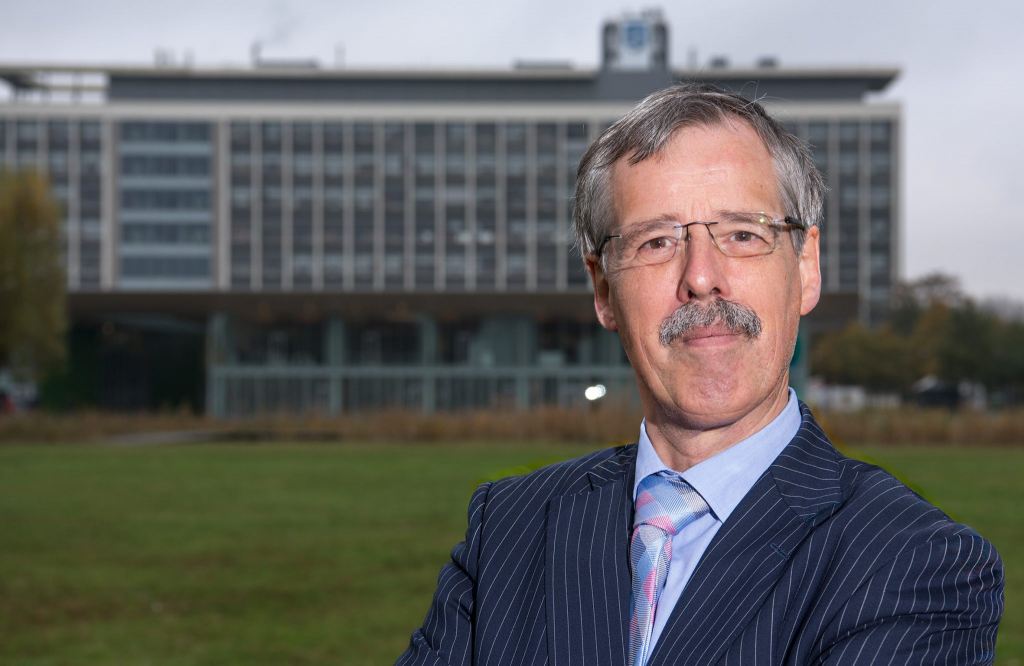
The E52 High Tech Tech Piek Awards were awarded this year again to nine people who have made a special contribution in the field of high-tech technology last year, or for whom we have great expectations in 2018. In nine days, we portray each of the winners. Today: Marcel Pelgrom, who won a Star for his years of work in electrical engineering.
Read about the other winners here
The jury sums up Marcel Pelgrom’s performance: “Electrotechnician Marcel Pelgrom worked for Philips Natlab and NXP for many years and was consulting Professor at Stanford University. In 1989 he formulated a model known as Pelgrom’s Law. A formula that would prove essential in the manufacture of increasingly smaller microchips. For his work, Pelgrom received this year a prestigious IEEE Gustav Robert Kirchhoff oeuvre prize, named after the eponymous physicist. A huge honor, certainly because Pelgrom is the first industrial engineer to receive this award.”
Among the other winners of the High Tech Piek Awards, Pelgrom is the odd man out. He did the work he was praised for in 1980-1989. He developed a model that describes the random variation that can occur between identical chip components, due to the effect that single atoms difference can cause between two transistors. “Transistors are nowadays becoming smaller and smaller, and the effect that an atom more or less can have is getting bigger and bigger.” He compares this to measuring the rain. “You can do that with a bucket or a test tube. But of course, a single drop has much more effect on the amount of water in the test tube than on the bucket.”
Pelgrom has had his fascination for technology ever since he was a child. “Technology is perhaps a little bit in your genes. My father had a bicycle dealer and from an early age, you are of course a little bit involved. Sometimes, I was allowed to repair a tire, but I was more interested in the lighting and electrical circuits. I have a fascination with controlling what nature makes possible. Not only look at it and think ‘how beautiful’, but also look at what you can do with it.”
“You only really made it when you are no longer quoted. But just try to explain that to a professor at the TU.”Marcel Pelgrom,
The IEEE awarded Pelgrom the Kirchhoff Award for his entire oeuvre, but Pelgrom’s Law was the decisive factor in this. “I received a prize especially for that one story of seven pages. The nice thing about the law is that when I published the paper, it was only referred to a few times in the first years. Today we are talking about the three thousand citations, with the largest number in 2013. Most of the publications that use this work no longer refer to the original article, but those who use Ohm’s law no longer refer to his paper. You only really made it when you are no longer quoted. But just try to explain that to a professor at the TU,” Pelgrom laughs.
In October 1979, Pelgrom started working at Philips. When NXP was sold off in 2006, he joined and worked there, until he quit in 2013. Nowadays, he is a consultant for microelectronic circuits. This way he visits companies all over the world to give advice and training. At the moment he is temporarily under contract with ASML, among other things. With a nostalgic look, Pelgrom looks back on the NatLab of the past. “Philips NatLab is, of course, the mother of all things that are happening here, there is no way around it. It is the cradle where all these developments were born. Sometimes I feel sorry for the younger generation. We were really lucky with Philips NatLab and the Netherlands too! That is something that no one realizes in The Hague. At Stanford, a colleague professor said to me: ‘We could never have done what you did there. In nine years you have been able to carry out your research and pass the test through the factory fifteen to twenty times.’ This was only possible in a very limited number of places in the world.”


